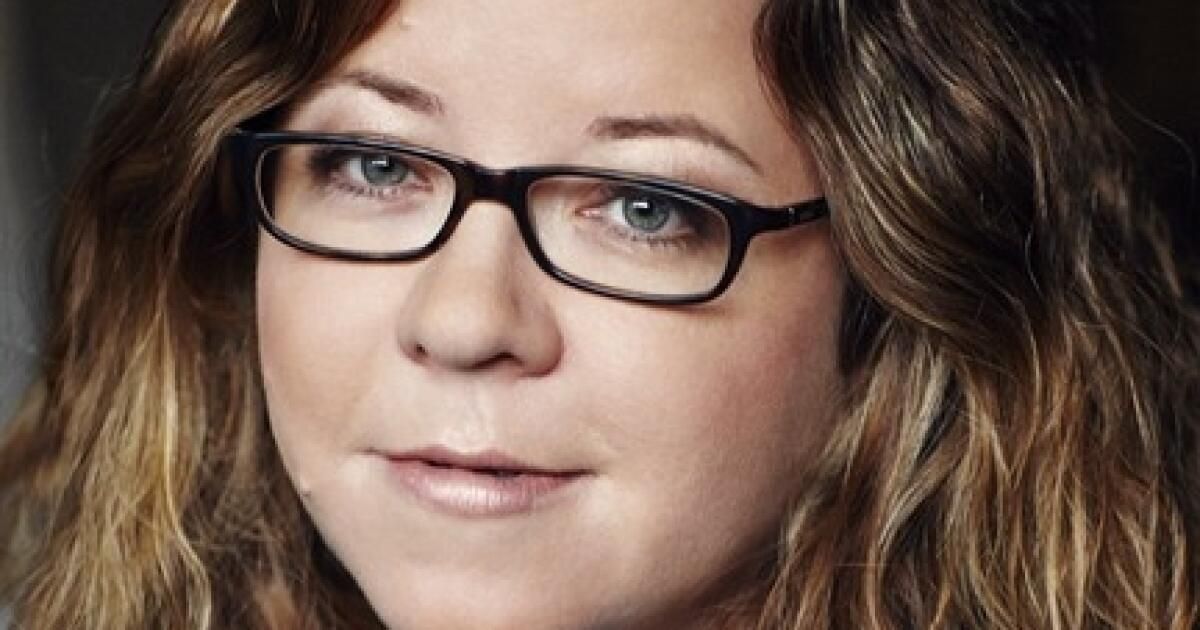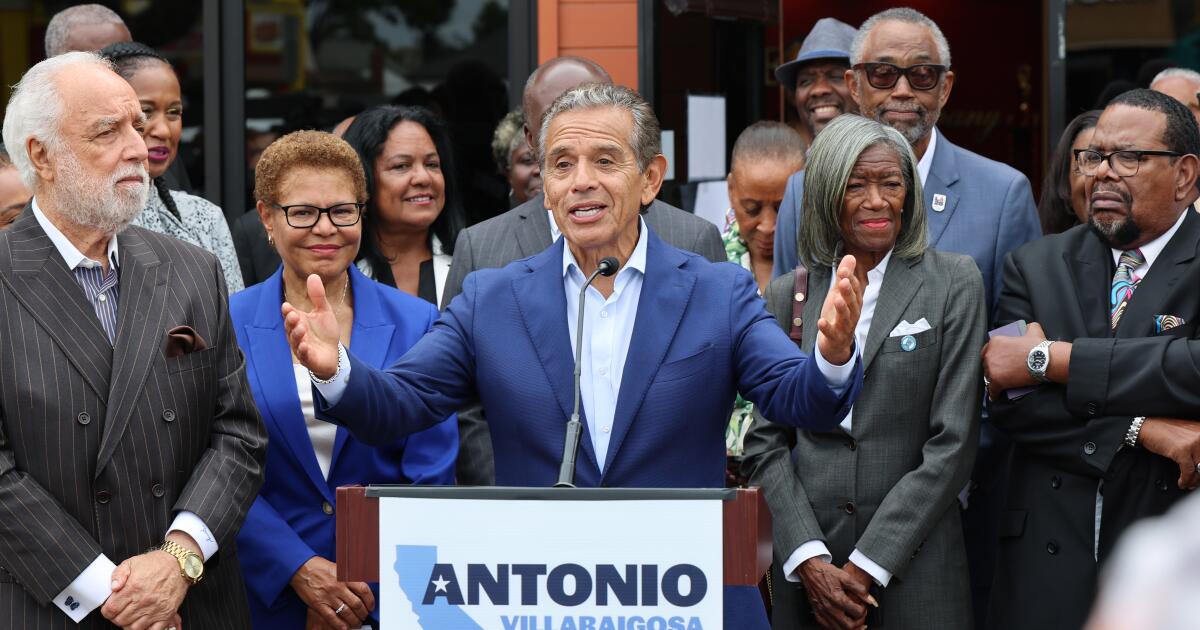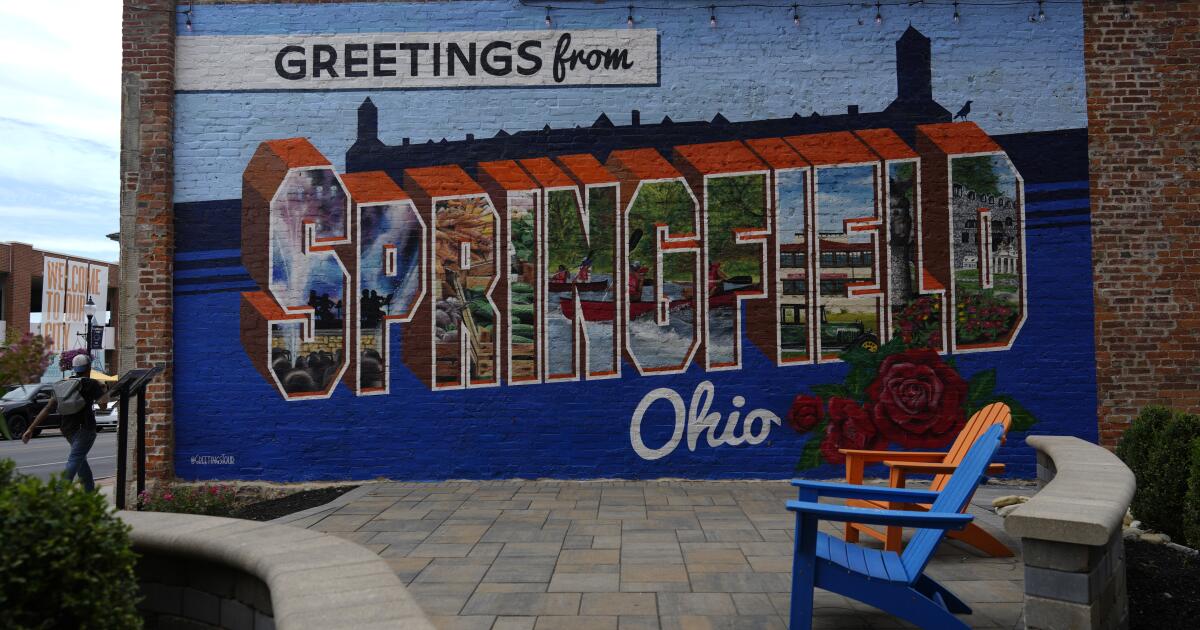Book Review
Highway Thirteen: Stories
By Fiona McFarlane
Farrar, Straus and Giroux: 255 pages, $27
If you purchase books linked on our site, The Times may earn a commission from Bookshop.org, whose fees support independent bookstores.
A serial killer leaves a gaping hole in the fabric of our moral universe. How can someone commit one murder, then another, and another, and how can they get away with it? Where does the impulse to kill begin, and why? Where is justice (if there ever is any) for crimes that unfold over years or decades and may never be solved? It's the stuff of fables and movies, documentaries and novels, and now, a collection of interconnected short stories from a preternaturally gifted author.
(Farrar, Straus and Giroux)
In “Highway Thirteen,” Fiona McFarlane, A professor at the University of California at Berkeleyfollows the path of an Australian serial killer back and forth through time, from before the killer was born (1950) to years in the future (2028). McFarlane's goal in these 12 stories is neither to shock nor to terrify. The killer and the crimes (loosely based on A true-life series of murders that occurred south of Sydney in the late 1980s.) remain mostly off-screen. McFarlane's interest focuses on everyone affected by the murders, from the killer's mother to a police officer who worked on the case and the young woman who manages to fight him off.
The shifts in direction in time and setting to Australia, a place much like but fundamentally different from our own, give these stories a dreamlike quality. Each begins with a built-in cliffhanger: What does this person have to do with the serial killer? Is he or she a victim, a relative, an enabler, or just someone who was in the wrong place at the wrong time? Those questions are answered, but often in ways that challenge conventional crime narrative.
In the first story, “Tourists,” the year is 2008, nearly 20 years after the murders, and an obsessively polite young man is pestered by the oddball office guy to visit the scene of the murders, now the main stop on an international circuit of crime-obsessed tourists. Lena, who has read everything and knows every detail of the murders, is unapologetically absorbed in the killings: “Her eyes were always slightly moist, as if she were about to be shaken by the world at any moment.” Joe braces himself and follows her into the woods, where a distant, dark voice invades his head and threatens his carefully constructed sense of identity.
In “Abroad,” a British expat, haunted by the probable murder of his sister in Australia as a child, experiences an American Halloween that at first seems no more sinister than a would-be witch stealing candy. But Simon, a software developer who has arrived in Austin, Texas, can’t relax in the face of the macabre frenzy of the holiday. “Simon thinks the problem is silliness and fun. It’s an invitation to mischief — good old mischief — which is nasty, cunning and not quite human.”
He is transported back to the moment when such evil overflowed and engulfed his loved ones, and he feels the presence of the dead years and miles away from his family's terrible experience.
In these stories, the present can never escape the past. In “Demolition,” Eva, an elderly woman, returns to a forbidden love that is far more deeply rooted in her memory than her encounters with the killer: “the ham on Lainey’s table, the hands swatting at flies all the way through the prayer; the laziness of the flies at lunchtime, the slowness of the hands during the prayer and Josie’s foot pressing Eva’s under the table; the organ in the living room with its strange, sturdy pedals… Josie, Josie, Josie.” The killer’s house next door is demolished; Eva’s longing will never go away.
McFarlane suggests horror rather than pummeling the reader with it. In “Hostel,” a backpacker way station is shrouded in subtle decay, “leprous with pink paint and festooned with Tibetan prayer flags. It was being slowly devoured by one or more enormous night-blooming jasmines, which filled the street with their creamy scent.”
An Australian couple finds a young Swiss woman crouched and crying outside the premises, and seem to succeed in helping her stabilize her emotions, but the extent of their goodwill is temporary. The narrator, watching the news in flashback after more victims are discovered, senses the lurking of pure evil: “Nothing graphic, but it’s all horrifying; the tension of the tape, the serious trotting of the dogs, the way the treetops shake with the force of the helicopter blades. I felt the presence of something then, suddenly, in my stomach and in the roots of my hair.”
McFarlane is a master of almost everything: dialogue, setting, comic timing. One of her best stories, “Podcast,” is a perfect parody of a true-crime podcast, with its dizzying silliness and flashes of compassion for the victims (McFarlane has said these stories were Partly inspired by a podcast she followed during the pandemic). But his greatest achievement is creating an empathetic bond with people whose lives are affected by unexplainable violence. His stories take place in different decades and on different continents, and the people in them come from all classes and social strata, but McFarlane takes them on journeys that are compulsively suspenseful and hugely readable.
I had to resign myself to reading each story from beginning to end without moving from my chair. They are that exciting, although not in a thriller way. You have to know what happens to these people and how they deal with losses that no one should ever suffer.
In that sense, her work reflects the podcaster’s determination to honor the dead: “Each one of them was a whole world, full of love and curiosity, and each of these worlds touched hundreds of others. This is our flower laid out for each one of you. We don’t know what else to do, so we do this.”
Mary Ann Gwinn, a Pulitzer Prize-winning journalist living in Seattle, writes about books and authors.












